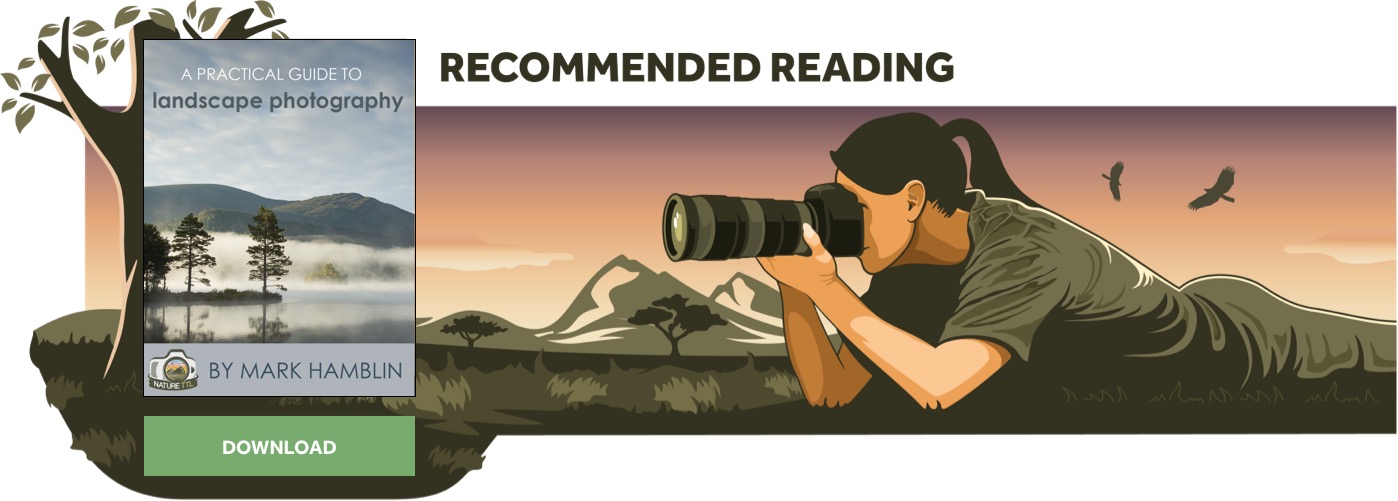Edward Burtynsky: Portrayals of the Anthropocene

From February 14th, photographer Edward Burtynsky’s work will be exhibited at the Saatchi Gallery in London, UK, marking the largest exhibition ever mounted in his 40+ year career.
The exhibition showcases Burtynsky’s life-long dedication to the observation and portrayal of humanity’s incursion into the natural world and the environmental consequences of the many industrial processes we so heavily rely on.



In the lead-up to this exhibition, Burtynsky reflects on his life’s dedication, the Anthropocene’s impact on our home planet, and on hope.
‘My earliest understanding of deep time and our relationship to the geological history of the planet came from my passion for being in nature. As a teenager I loved to go on fishing trips, canoeing along the pristine isolated waterways of Ontario’s Haliburton Highlands.
That experience of wilderness left an enduring mark that still informs my response to landscape. I came to appreciate a state that exists without human intervention or disruption.

Our planet has borne witness to five great extinction events, and these have been prompted by a variety of causes: a colossal meteor impact, massive volcanic eruptions, and oceanic cyanobacteria activity that generated deadly toxicity in the atmosphere.
These were the naturally occurring phenomena governing life’s ebb and flow.
Now it is becoming clear that humankind, with its population explosion, industry, and technology, has, in a very short amount of time, also become an agent of immense global change.
Arguably, we are on the cusp of becoming (if we are not already) the perpetrators of a sixth major extinction event.
Our planetary system is affected by a magnitude of force as powerful as any naturally occurring global catastrophe, but one caused solely by the activity of a single species: us.

I have come to think of my preoccupation with the Anthropocene—the indelible marks left by humankind on the geological face of our planet—as a conceptual extension of my first and most fundamental interests as a photographer.
I’ve always been concerned with showing how we affect the Earth in a big way. To this end, I seek out and photograph large-scale systems that leave lasting marks.
Each place has its own story to tell, and its own distinctive impact.

While producing the recent series on Oil Bunkering in the Niger Delta, for instance, I found myself confronted by some of the most foreboding landscapes I have ever seen.
It’s not since making my work on the Sudbury nickel tailings in 1996 that I had felt quite the chill of emotions that such an utterly devastated landscape can produce.
Similarly, it was deeply humbling to witness President Uhuru Kenyatta’s official burning of the largest pyre of ivory, just one of eleven such piles set ablaze during the historic Ivory Burn at Nairobi National Park in 2016.
These funeral pyres, composed of elephant ivory tusks, were immolated in order to prevent their entry into the market—an intervention that may change the future but cannot repair the damage of the past.

By contrast, several of the photographs in ‘The Anthropocene Project’ record some of the most verdant and transcendently beautiful places I have ever seen.
It was important to me that this project also bring into sharper focus some of the wondrous ecosystems that are endangered, the beauty and biodiversity that we are at risk of losing.

Seeing all that I have seen, I am often asked if I remain hopeful.
It’s becoming harder and harder to answer this question without feeling like I’m offering platitudes and cliches about how we still have time, we’ve all got to pull together, and if we do, we can fix our problem.
In a world where global politics are becoming increasingly polarised, economies are bloating their debts to deal with a myriad of issues, and there continues to be a steadily widening delta between the wealthy and the poor, our collective discussion about the real and present danger of CO2 emissions remains in a stalemate of indecisive action.

In my own version of hope, I want to see the climate crisis conversation move away from partisan, religious and economic debates towards the best that science has to offer.
And with that knowledge (as incomplete and imperfect as it might be), we move heaven and earth to take action to avert the mounting losses of life currently unfolding on this wondrous planet.
In my work, I’ve pursued a journey of creating a visual language that puts our dilemma in front of us without diverting our eyes or our attention.
In the infinite universe of possibilities, the pursuit of beauty and the archetypes that are deeply embedded in our collective human consciousness feels like a worthy endeavour.
To show the original places in the world where all the trappings of our daily lives come from and go to; bringing that to light is the 40-year quest I’ve been on and will continue: showing these overlooked places in a way that captures the imagination, sparks curiosity, and inspires conversation.

Aesthetics have played a critical role in my journey to these far-flung locations; these places that we partake of but rarely visit.
The time for talk and indecision is now behind us as we face a harsher future and reality. One that will only bend to a better outcome if we make the hard choices, and do so collectively.
Our addiction to oil and the greed of those who profit from it and who use those profits to steer us away from alternative energy sources will define the future of this planet and all life on it.
But only if we let them.
Bio photo credit: © Birgit Kleber 2012





